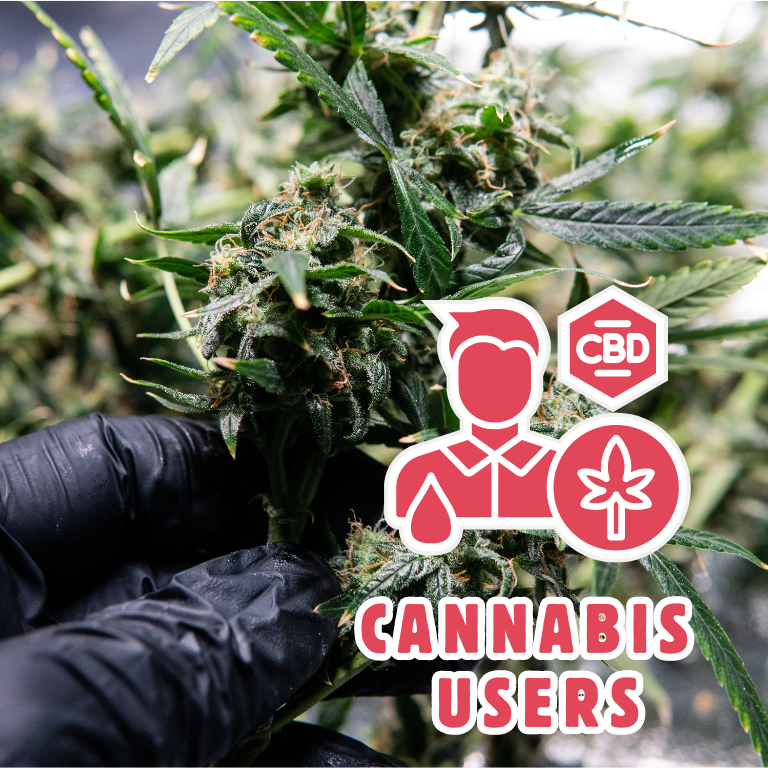Strategies for Managing Risks Among Synthetic Cannabis Users

Strategies for Managing Risks Among Synthetic Cannabis Users
Synthetic cannabis, often known by brand names like “Spice,” “K2,” and other street names, is a group of man-made chemicals that mimic the effects of tetrahydrocannabinol (THC), the psychoactive component of natural cannabis. Despite being marketed as a legal and safer alternative to natural cannabis, synthetic cannabinoids can be far more potent and unpredictable, leading to serious health risks. Managing the risks associated with synthetic cannabis use requires a comprehensive approach involving public health initiatives, education, and support services. This article explores strategies for mitigating these risks and protecting public health.
Understanding the Risks of Synthetic Cannabis
Health Risks: Synthetic cannabinoids bind to the same receptors in the brain as THC, but often with much greater intensity. This can result in a range of adverse health effects, including severe anxiety, paranoia, hallucinations, seizures, heart problems, and even psychosis. The unpredictability of these substances, which are often produced in uncontrolled environments, can lead to varying potencies and compositions, increasing the risk of overdose and other severe reactions.
Legal and Regulatory Issues: While some synthetic cannabinoids were initially sold legally, many have since been classified as controlled substances due to their potential for harm. However, manufacturers frequently alter the chemical structure of these compounds to circumvent legal restrictions, creating a constantly evolving challenge for law enforcement and public health agencies.
Social and Economic Impact: The use of synthetic cannabis can lead to significant social and economic consequences, including strained healthcare systems due to increased emergency room visits, potential loss of employment for users, and broader societal costs associated with substance abuse and mental health crises.
Strategies for Managing Risks
To effectively manage the risks associated with synthetic cannabis use, a multi-faceted approach is required, combining public health measures, education, regulatory enforcement, and support for affected individuals.
Public Health Campaigns: Public health campaigns are crucial for raising awareness about the dangers of synthetic cannabis. These campaigns should provide clear information on the potential health risks, including the possibility of severe physical and mental health effects. Targeted messaging can help reach at-risk populations, such as adolescents and young adults, who are often the primary users of these substances.
Education and Prevention Programs: Education is a key component in preventing synthetic cannabis use. Schools, community organizations, and healthcare providers should incorporate information about synthetic cannabinoids into broader substance abuse prevention programs. These programs should focus on educating individuals about the specific risks associated with synthetic cannabis, how it differs from natural cannabis, and the legal consequences of its use.
Strengthening Legal and Regulatory Frameworks: Regulatory authorities need to continuously adapt to the evolving nature of synthetic cannabinoids. This includes updating the scheduling of controlled substances to include new chemical variants as they emerge and enhancing monitoring systems to detect and respond to these substances quickly. International cooperation can also be beneficial, as synthetic cannabinoids are often produced and distributed globally.
Providing Support and Treatment Services: Individuals who use synthetic cannabis may require support and treatment for addiction, mental health issues, and physical health complications. Healthcare providers should be trained to recognize the symptoms of synthetic cannabis use and provide appropriate care, including detoxification and psychiatric support. Harm reduction strategies, such as supervised consumption services and needle exchange programs, can also help mitigate some of the risks associated with synthetic cannabis use.
Research and Data Collection: Ongoing research is essential to understand the full scope of synthetic cannabis use and its health impacts. Collecting and analyzing data on usage patterns, demographic information, and health outcomes can inform public health strategies and policy decisions. This data can also help in developing targeted interventions and in understanding the long-term effects of synthetic cannabinoid use.
Community and Stakeholder Engagement: Engaging with communities and stakeholders, including law enforcement, healthcare professionals, educators, and community leaders, is critical for developing effective prevention and intervention strategies. Collaboration among these groups can enhance the effectiveness of public health campaigns, education programs, and regulatory enforcement.
Challenges and Considerations
Managing the risks associated with synthetic cannabis presents several challenges. The constantly changing chemical composition of these substances makes regulation and enforcement difficult. Additionally, the stigma associated with synthetic cannabis use can prevent individuals from seeking help, highlighting the need for non-judgmental support services.
Balancing regulatory enforcement with harm reduction approaches is also crucial. While it is important to control the availability of harmful substances, punitive measures alone may not be effective in reducing use and can disproportionately impact marginalized communities.
Synthetic cannabis poses significant health risks, and managing these risks requires a comprehensive and adaptable approach. Public health campaigns, education, regulatory frameworks, support services, and ongoing research are all essential components of a strategy to mitigate the harms associated with synthetic cannabis use. By prioritizing public health and safety, and by providing support and resources to those affected, communities can work towards reducing the prevalence and impact of synthetic cannabinoids.











